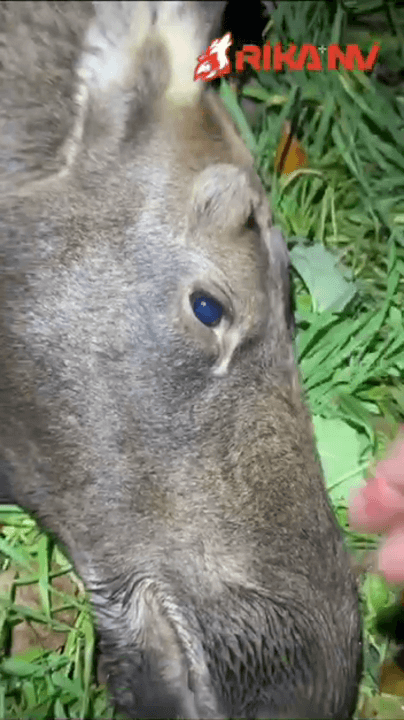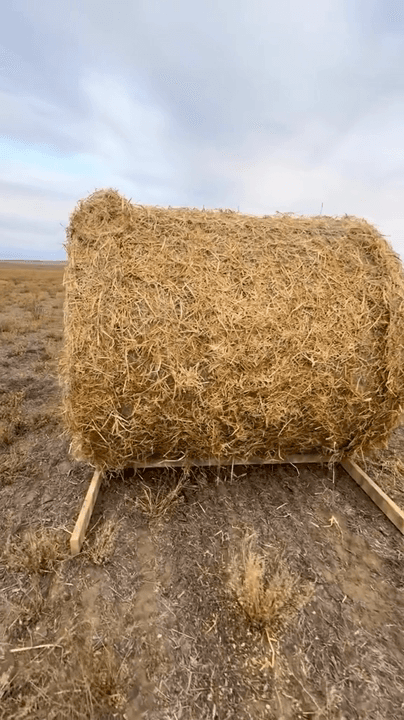
Winter deer hunting is not only a test of your skills, but also a commitment to the reverence and conservation of nature. We respect the rules and laws of hunting to ensure the balance of wildlife and the health of the ecosystem.
Post: 11 October 17:25














































